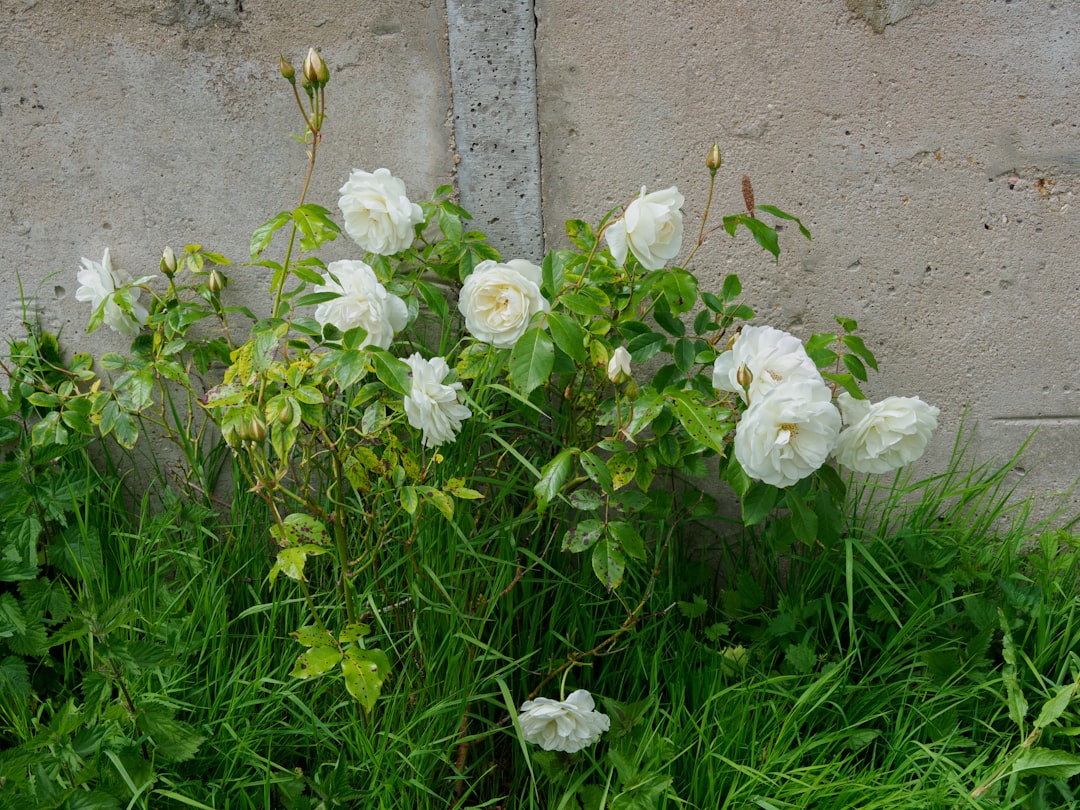Unveiling the Truth About Japanese Bloodgrass in Your Garden

Japanese bloodgrass, with its striking reddish - purple foliage, might seem like an alluring addition to your flower garden. However, beneath its aesthetic appeal lies a significant problem: it is a highly invasive grass. Before you rush to plant it in your yard, it's crucial to understand whether it's suitable for your location and explore native alternatives.
First, let's delve into what makes Japanese bloodgrass so invasive. This grass, scientifically known as Imperata cylindrica 'Rubra', spreads rapidly through underground rhizomes. These rhizomes can quickly take over large areas of your garden, outcompeting native plants for resources such as sunlight, water, and nutrients. In natural ecosystems, this invasion can disrupt the balance of the local flora and fauna. Native plants that provide food and habitat for local wildlife may be displaced, leading to a decline in biodiversity.
When considering whether Japanese bloodgrass is right for your location, you need to assess several factors. Climate plays a vital role. Japanese bloodgrass thrives in a wide range of climates, but it is particularly aggressive in warmer regions. If you live in an area with a long growing season and mild winters, the grass is more likely to spread uncontrollably. Additionally, soil conditions matter. It can adapt to various soil types, from sandy to clayey, but it prefers well - drained soils. If your garden has such soil conditions, the risk of it becoming invasive is higher.
Another aspect to consider is the proximity to natural areas. If your garden is near a forest, wetland, or other natural habitats, planting Japanese bloodgrass can pose a serious threat. The grass can easily spread from your garden into these natural areas, where it can cause long - term damage. Local regulations also come into play. In some regions, Japanese bloodgrass is listed as a noxious weed, and it is illegal to plant or sell it. Before purchasing and planting, check with your local agricultural extension office or environmental agency to ensure you are in compliance with the law.
So, if Japanese bloodgrass is not a suitable option for your garden, what are the native alternatives? There are many beautiful perennials that can provide a similar aesthetic appeal without the invasive nature. For example, switchgrass (Panicum virgatum) is a native grass that offers a lovely display of foliage. It has a clumping growth habit, which means it won't spread aggressively like Japanese bloodgrass. In the fall, switchgrass turns a warm golden color, adding a touch of autumnal beauty to your garden.
Another great alternative is little bluestem (Schizachyrium scoparium). This grass has fine - textured foliage that turns a stunning red - orange color in the fall. It is drought - tolerant and can thrive in a variety of soil conditions. Little bluestem also provides valuable habitat for native insects and birds, making it an excellent choice for a wildlife - friendly garden.
For those who prefer a more colorful option, purple coneflower (Echinacea purpurea) is a wonderful perennial. It has large, showy purple flowers that attract butterflies and bees. Purple coneflower is easy to grow and can tolerate a wide range of growing conditions. It is a staple in many native plant gardens and can add a pop of color to your landscape.
When choosing native alternatives, it's important to consider the overall design of your garden. Group plants with similar water and sunlight requirements together to ensure they all thrive. You can also create a layered effect by combining different heights and textures of plants. For instance, pair tall switchgrass with shorter purple coneflowers and little bluestem for a visually appealing and ecologically sound garden.
In conclusion, while Japanese bloodgrass may be visually appealing, its invasive nature makes it a risky choice for most gardens. By carefully assessing your location and exploring native alternatives, you can create a beautiful and sustainable flower garden that supports local biodiversity. Remember, a well - planned garden not only enhances the beauty of your property but also contributes to the health of the surrounding environment.